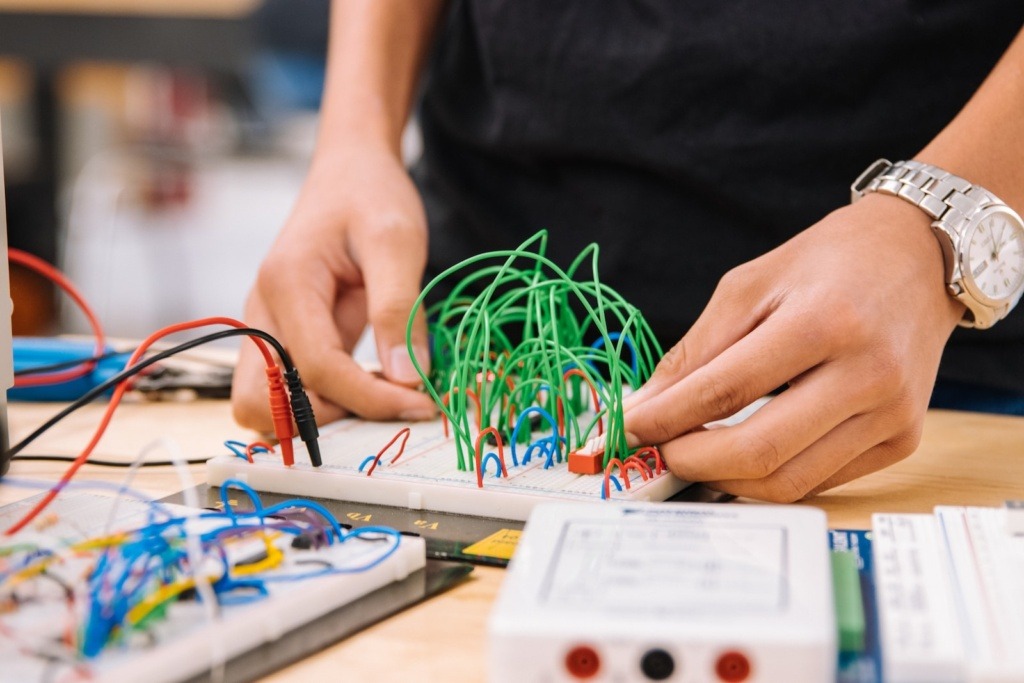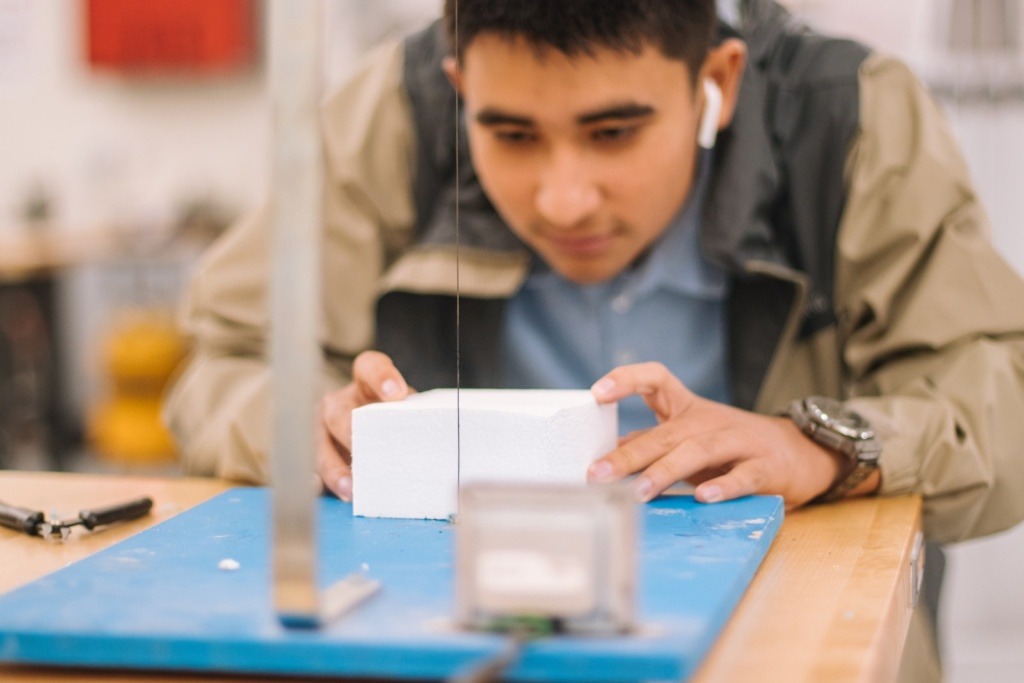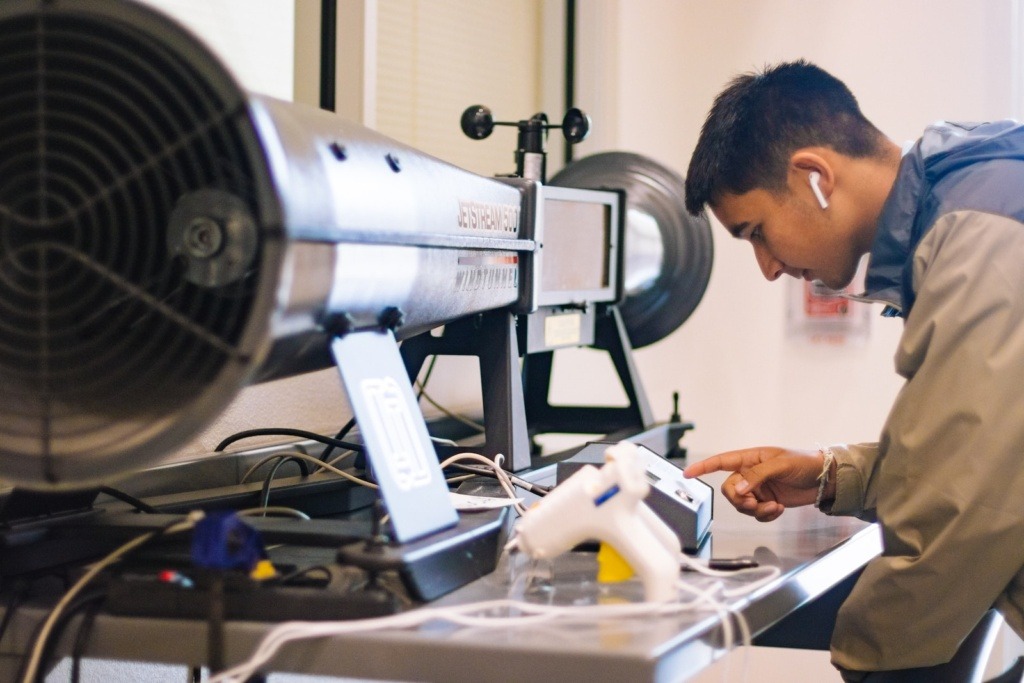STEAM (Science, Technology, Engineering, and Mathematics) education has long been celebrated for its emphasis on critical thinking, problem-solving, and innovation. However, a growing recognition of the value of creativity in these fields has led to the evolution of STEM to STEAM, where Arts and Design are integrated into STEM subjects. In this blog post, we will explore the significance of incorporating arts and design into STEM education. By fostering a well-rounded approach that combines analytical thinking with creative expression, educators equip students with the skills needed to thrive in an increasingly complex and interconnected world.
Section 1: The Evolution of STEM to STEAM

Discover the evolution of STEM to STEAM, where the inclusion of Arts and Design enriches the learning experience and encourages holistic development in STEM fields.
Section 2: Fostering Creative Problem-Solving

Explore how incorporating arts and design into STEM subjects fosters creative problem-solving skills, empowering students to tackle complex challenges with innovative and imaginative solutions.
Section 3: Embracing Interdisciplinary Learning

STEAM education blurs the lines between disciplines, encouraging students to explore the interconnectedness of STEM and the arts. Learn how interdisciplinary learning prepares students for real-world applications.
Section 4: Cultivating Critical Thinking through Design Thinking

Design thinking, a core component of STEAM, encourages students to approach problems empathetically and think critically about user needs. Discover how design thinking enhances problem-solving in STEM fields.
Section 5: Enhancing Communication and Collaboration

STEAM education emphasizes effective communication and collaboration skills. Explore how students engage in group projects and present their ideas, learning to work together and convey complex concepts clearly.
Section 6: Igniting Passion for Innovation

Integrating arts and design into STEM subjects ignites students’ passion for innovation. Learn how hands-on, creative projects inspire curiosity and drive a lifelong love for STEM fields.
Section 7: Embracing Technology and the Arts

STEAM education leverages technology and the arts to enhance learning experiences. Discover how digital tools, multimedia projects, and interactive platforms create dynamic and engaging lessons.
Conclusion
By integrating arts and design into STEM subjects, STEAM education empowers students to become well-rounded thinkers, innovators, and problem-solvers. Fostering creative problem-solving, interdisciplinary learning, and effective communication, STEAM equips students with the skills needed to thrive in the 21st century. As we embrace this holistic approach, educators nurture a new generation of imaginative minds, ready to embrace the complexities of our ever-changing world and make a positive impact on society.
